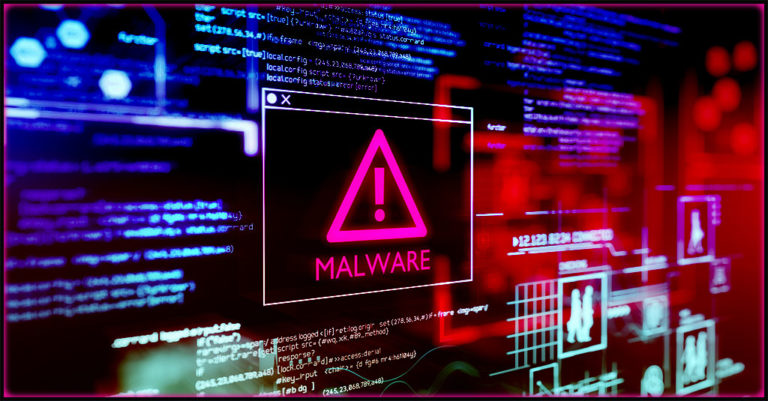Malware, Phishing, and Ransomware Explained
Malware, Phishing, and Ransomware Explained
Blog Article
Cybersecurity threats are constantly evolving, with malware, phishing, and ransomware among the most prevalent dangers to individuals and organizations. Each of these threats poses unique risks and operates in distinct ways. Understanding the differences between them—and how they work—can help you better protect yourself online. Here’s an in-depth look at malware, phishing, and ransomware, with practical tips to defend against them.

What is Malware?
Malware, short for "malicious software," refers to any software intentionally designed to harm computers, networks, or users. Malware comes in various forms, including viruses, worms, spyware, adware, and Trojans. Once installed, malware can steal sensitive information, monitor your activity, corrupt files, or even take control of your device. Hackers often use malware to infiltrate systems, allowing them to launch further attacks.
Common Types of Malware:
- Viruses: Programs that attach themselves to legitimate files, spreading to other systems.
- Trojans: Programs disguised as legitimate software, giving hackers backdoor access.
- Spyware: Software that monitors and steals personal information without user consent.
Protection Tips:
- Use trusted antivirus software and keep it updated.
- Regularly update your operating system and applications.
- Avoid downloading files or programs from unknown sources.
Understanding Phishing
Phishing is a type of cyberattack that tricks individuals into sharing sensitive information, like passwords, credit card numbers, or personal data. Phishing typically involves emails or messages that appear to come from trusted sources, such as banks or well-known companies. These messages often contain links to fake websites where users are prompted to enter their information, which is then stolen by hackers.
Common Phishing Techniques:
- Email Phishing: Fake emails that mimic legitimate companies, often urging users to "verify" or "update" their accounts.
- Spear Phishing: Targeted phishing attacks aimed at specific individuals, often personalized to appear more convincing.
- Smishing and Vishing: Phishing through SMS (smishing) and voice calls (vishing) to trick users into sharing sensitive data.
Protection Tips:
- Be cautious with emails from unknown senders and avoid clicking on suspicious links.
- Check the email address and look for signs of phishing (misspellings, generic greetings).
- Verify the legitimacy of requests by contacting companies directly.
What is Ransomware?
Ransomware is a type of malware that encrypts a user’s files or locks them out of their device. Once ransomware takes hold, attackers demand a ransom to unlock the files or restore access. Ransomware attacks can be devastating, especially for businesses, as they often lead to data loss, financial strain, and reputational damage.
How Ransomware Attacks Work:
- Infection: Ransomware spreads through malicious email attachments, compromised websites, or infected software downloads.
- Encryption: Once inside the system, ransomware encrypts files, making them inaccessible to the user.
- Ransom Demand: Attackers demand a ransom, usually in copyright, to unlock the files.
Protection Tips:
- Regularly back up important files to a secure, offline location.
- Avoid opening unsolicited attachments or links in emails.
- Use strong security software to detect and block ransomware threats.
Key Differences Between Malware, Phishing, and Ransomware
- Malware is a broad category encompassing various malicious programs, including ransomware.
- Phishing is a method of tricking users into sharing sensitive information, often used to spread malware or steal data.
- Ransomware is a specific type of malware that encrypts files and demands a ransom for their release.
Each of these threats requires different preventive measures, and understanding them can help you stay one step ahead of cybercriminals.
Conclusion
Malware, phishing, and ransomware each pose serious risks, but with the right precautions, you can protect yourself. Use strong antivirus software, be cautious of suspicious links or attachments, and regularly back up your data. By staying informed and vigilant, you can reduce your vulnerability to these cyber threats. Report this page